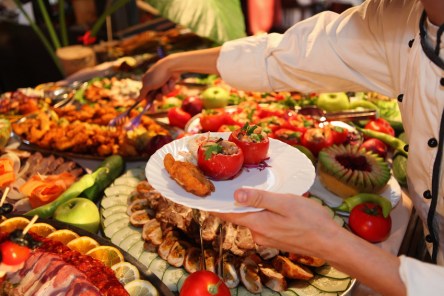Editor’s note: The following piece and accompanying graphics are re-published with permission from Home Energy Magazine. Behavioral recommendations, or tips, are an integral piece of many energy efficiency programs, ranging from marketing materials (e.g., brochures) to in-home audits, to Home and Business Energy Reports (such as the report shown below). Though information is known to be a critical component of effective interventions, it is important to consider human motivations and needs for this to be effective. This article synthesizes findings from a series of empirical research conducted by See Change Institute and Yardi (formerly Pulse) Energy’s Business Energy Report (BER) program[1]. By breaking apart the tips from the energy report (sample below) and breaking down the components of those tips even further, we were able to test the impact of variations of different components of tips, with the goal of optimizing messaging to incite pro-efficiency behavior in BER recipients[2]. In synthesizing these findings, we identified five key insights on tip content, form, structure, and imaging, or “Tips for Tips”. 1. Put People in Pictures First, we tested the impact of having people in images above the tips – one tip had a picture of equipment, the other included someone actually engaging in the behavior being promoted. We found that tips with an image of a person engaging in the action were rated significantly higher in terms of behavioral intention (that is, how much someone self-reports intention to complete the recommended action).We recommend considering images that do include people, especially people engaging in the recommended action. 2. Tell People What to Do Next, we tested the difference between a “subject title” (e.g., “Ceiling Fans”) and an “action title” (e.g.,”Use fans more & A/C less”). We found that using an action title led people...
Business Travel
Practical health tips
As busy as business travel might feel, it can actually be a sedentary lifestyle. After hours of sitting on a plane and munching airport food snacks, we shuffle into a cab. Then we chug coffee while sitting in meetings for hours. To wrap up the day, we go out to restaurants for dinner and cocktails before repeating it all the next week—or the next day. It takes a concerted effort to stay healthy when travel consumes much of our schedules. Making healthier decisions during travel can carry a great impact. We can minimize stress levels, improve our physical health, and ultimately decrease healthcare costs for ourselves and our companies. These healthier decisions usually start off small (and sustainable) before growing into lifestyle changes that can improve our well-being. Looking for a place to start? Begin with a few fun tips for staying healthy on the road. Airplane cabins have a relative humidly of less than 10 percent. That’s more arid than the Sahara! Low humidity and recirculated air lead to dehydration. Even mild dehydration causes fatigue and limits our ability to concentrate. Beat the odds by drinking at least 8 ounces of water for every hour that you’re in flight. That awkward little travel pillow is worth the space. Take the pillow and enjoy a nap. Good rest helps to rejuvenate the mind and the body. We can see health benefits with as little as 10-30 minutes of nap time. Pack healthy snacks into your travel on. Healthy snacks that are high in fiber and vitamins provide energy for our bodies and enable us to fight off sickness. They also keep our metabolism active throughout the day. That Vegas buffet can be a nightmare for any professional who is attempting to stay healthy. Two...


